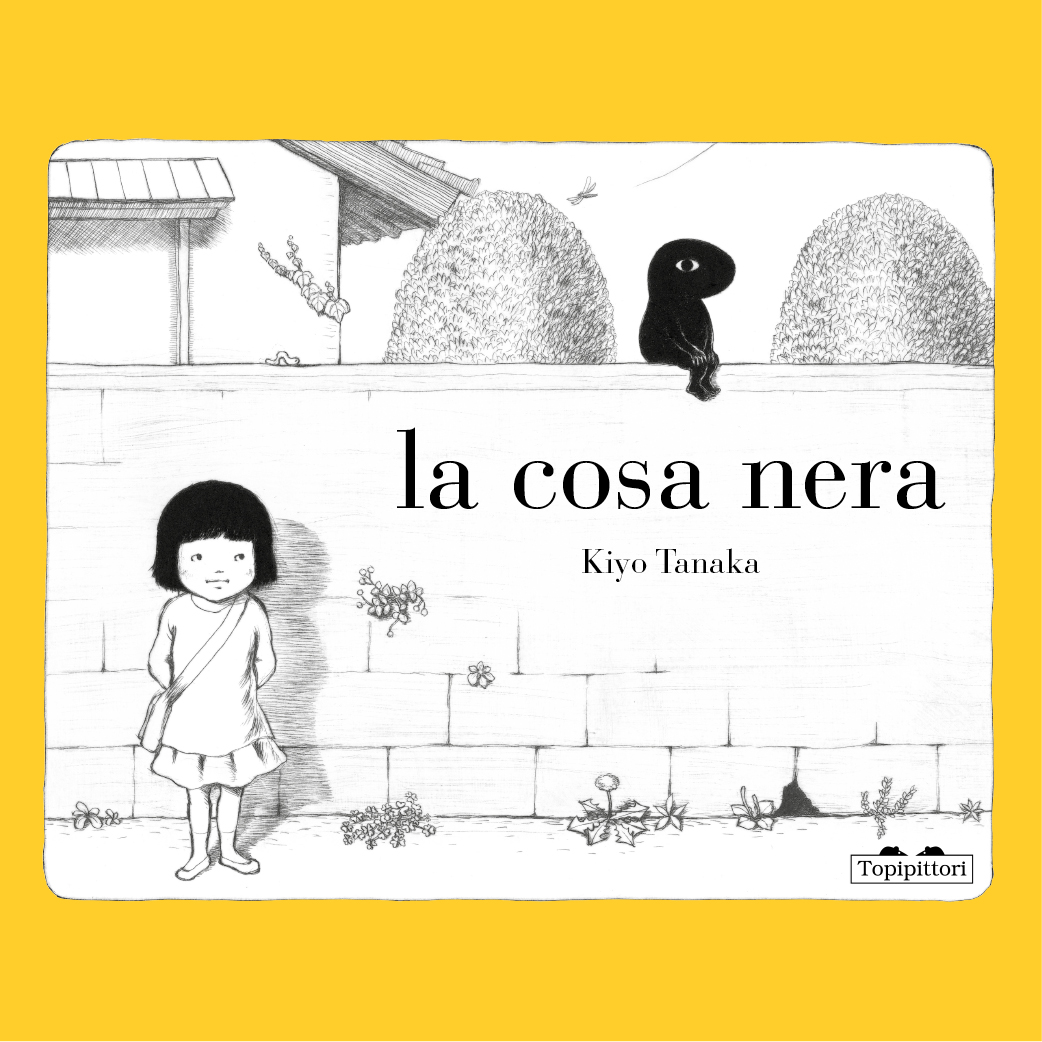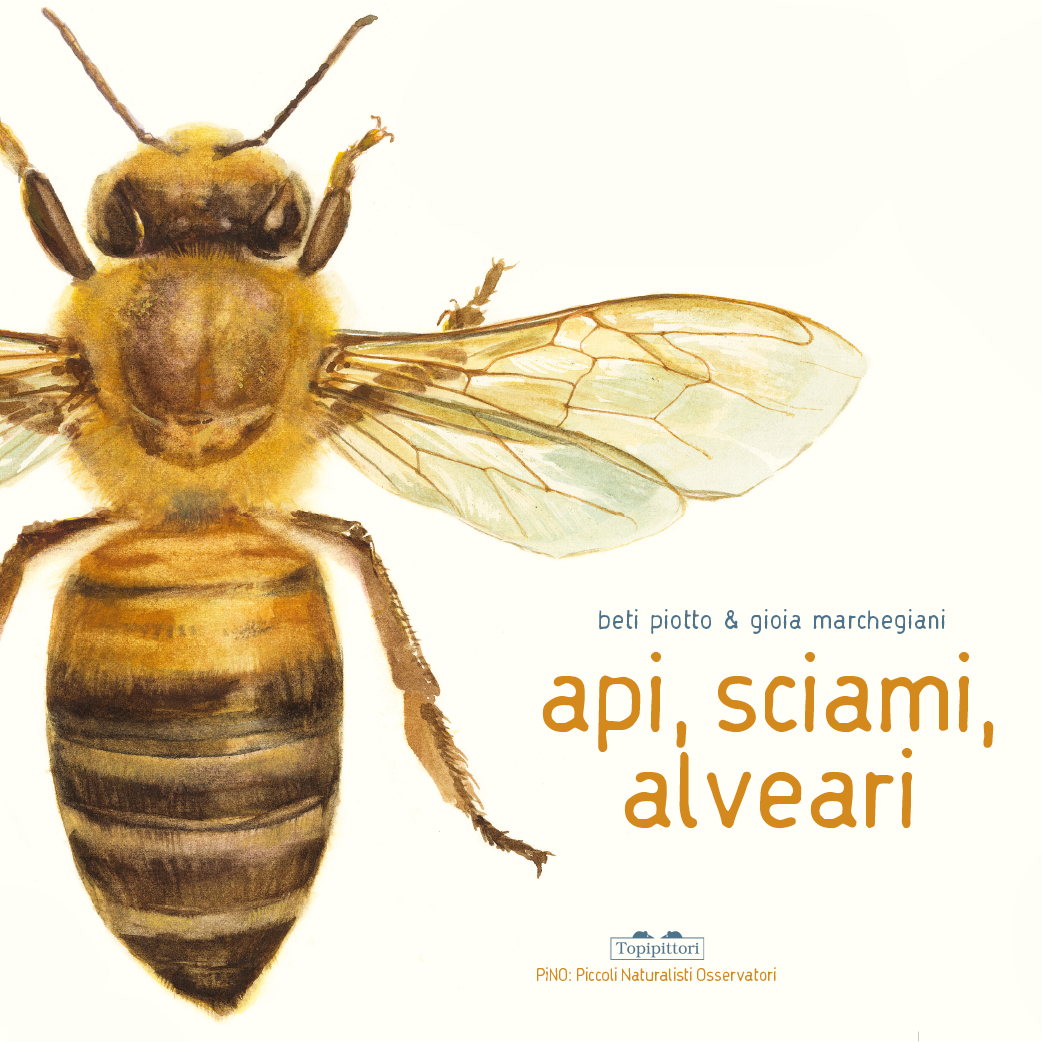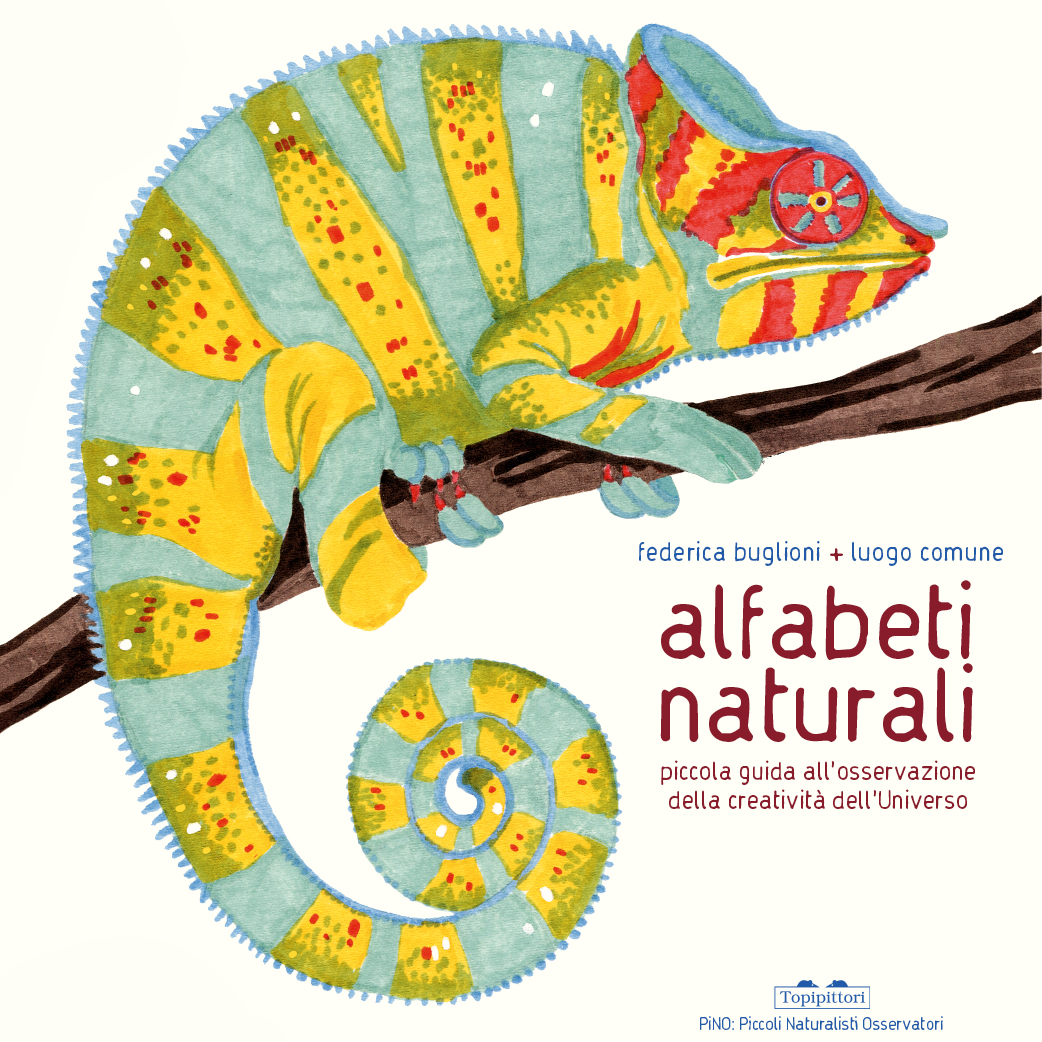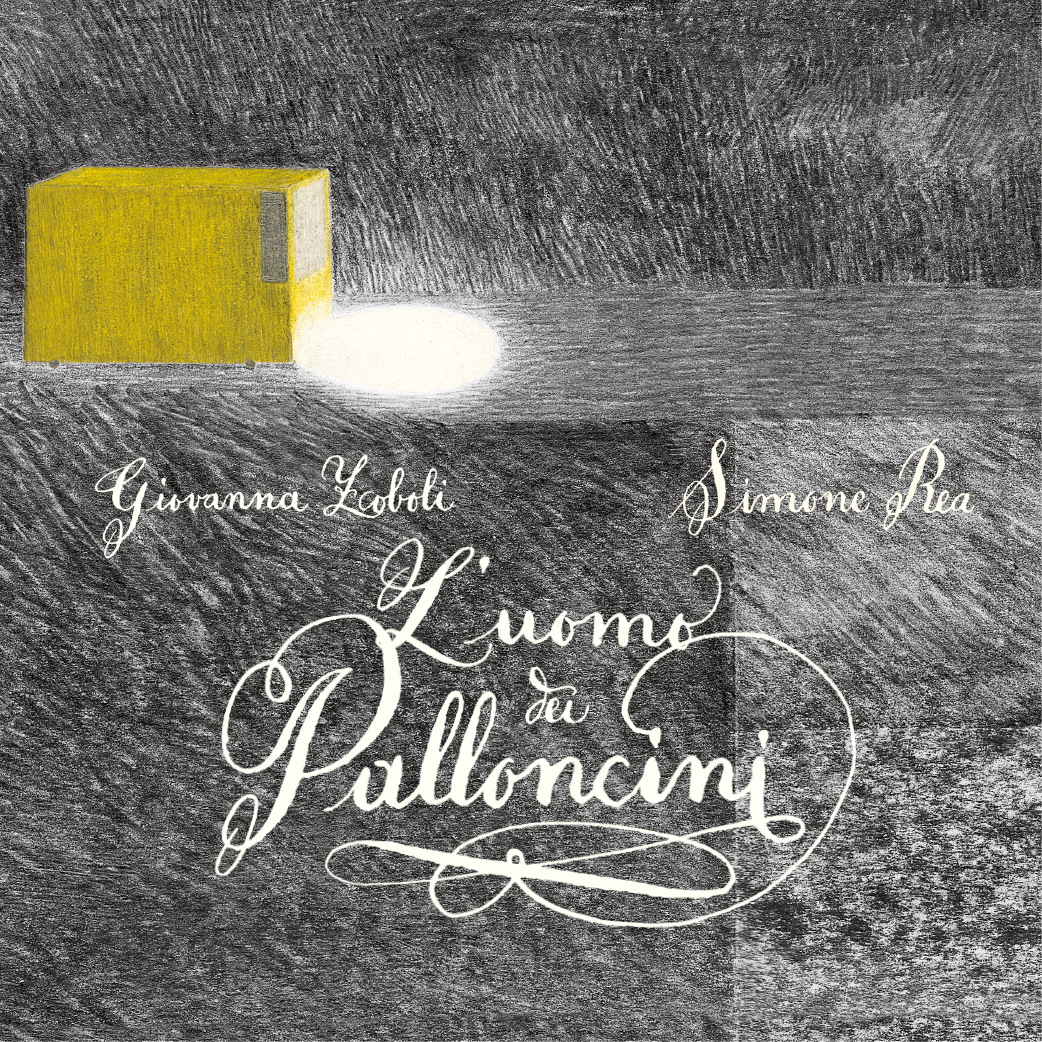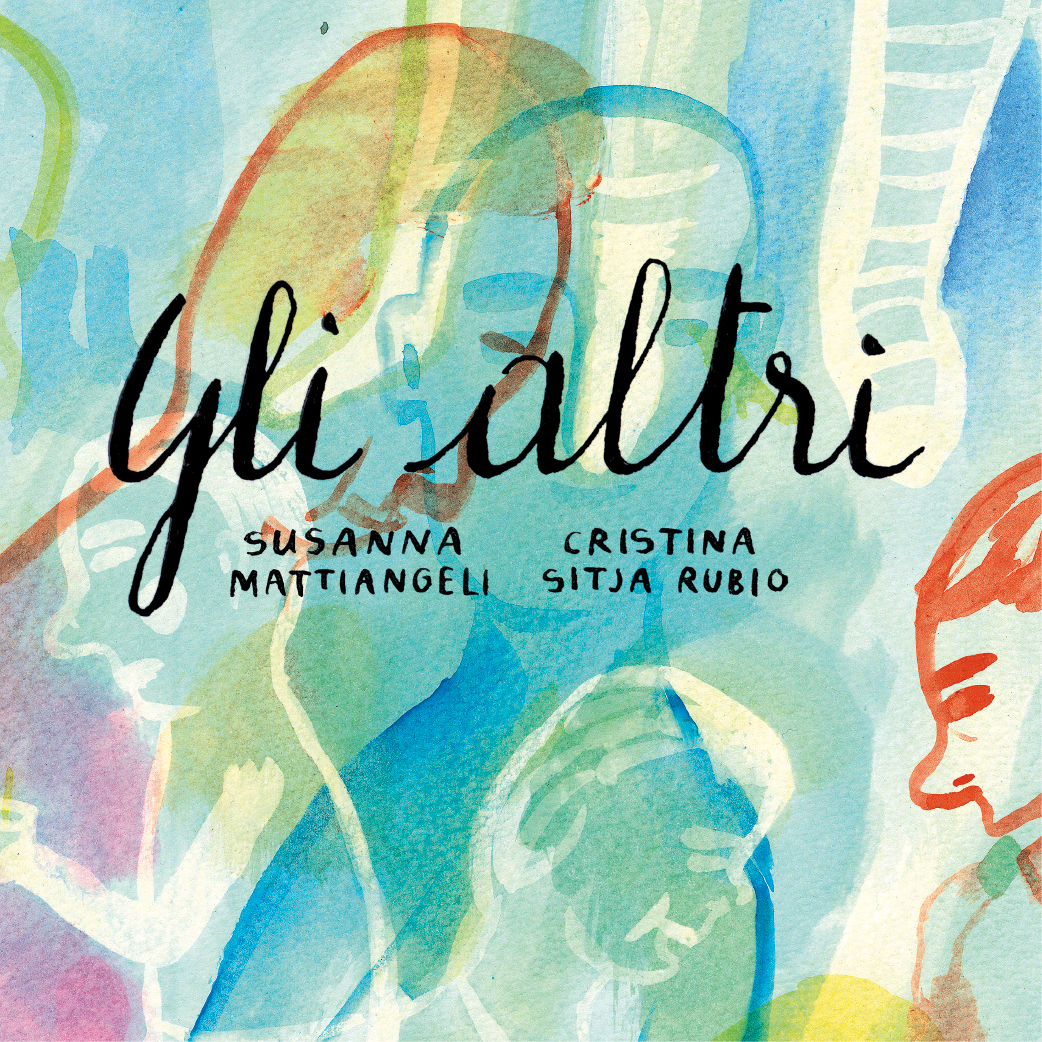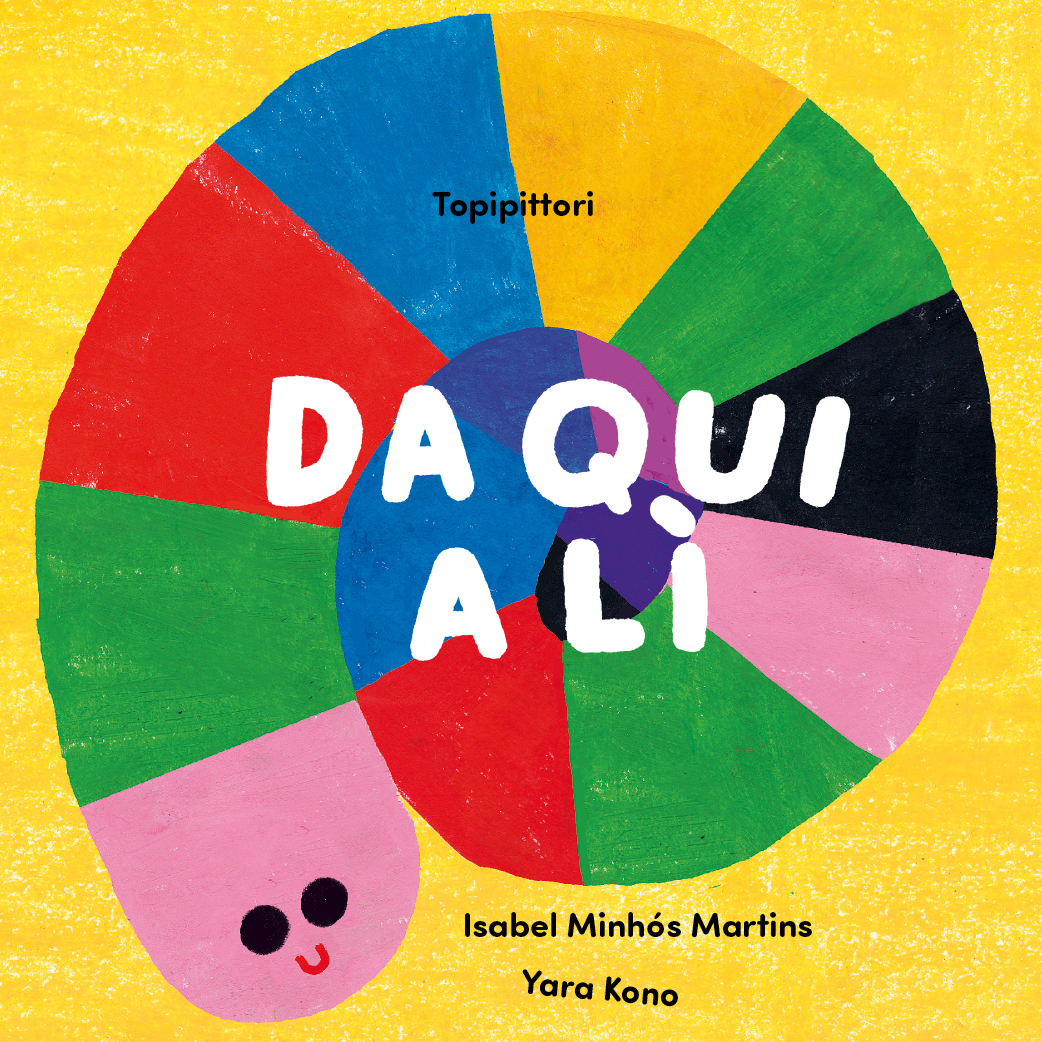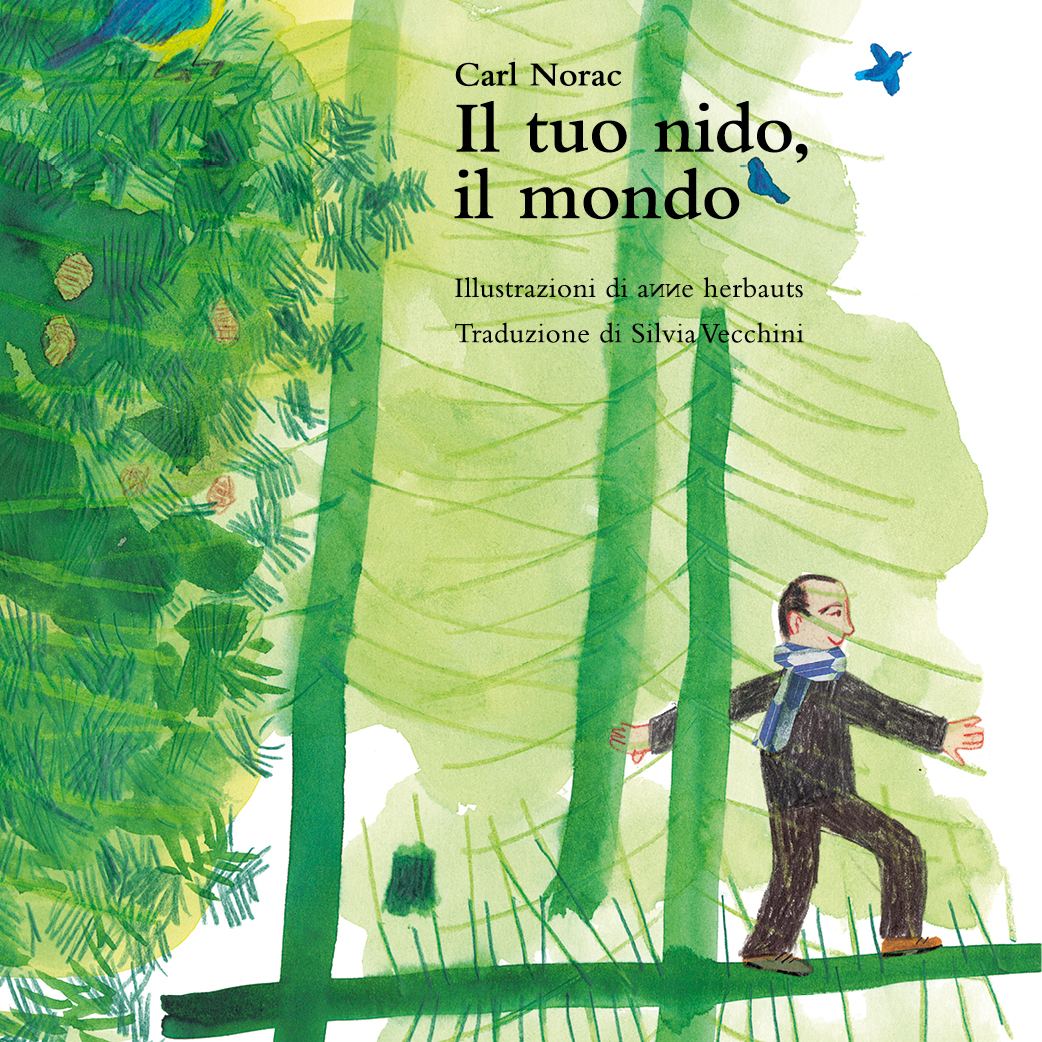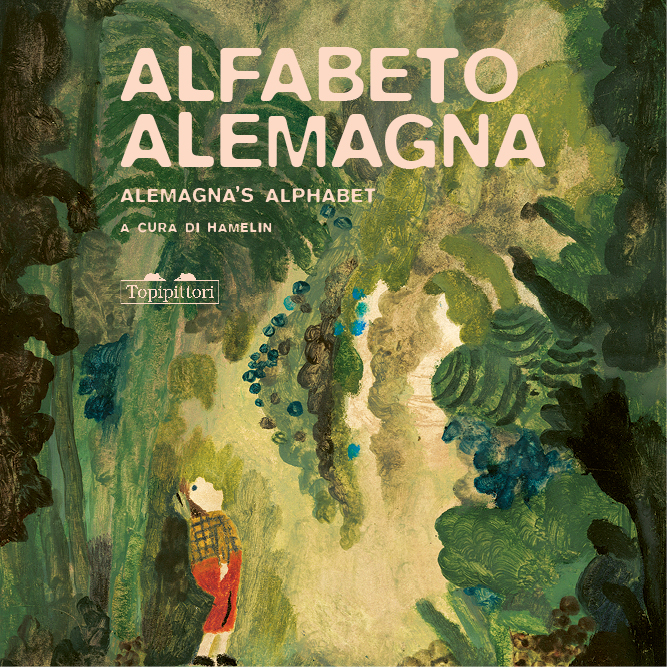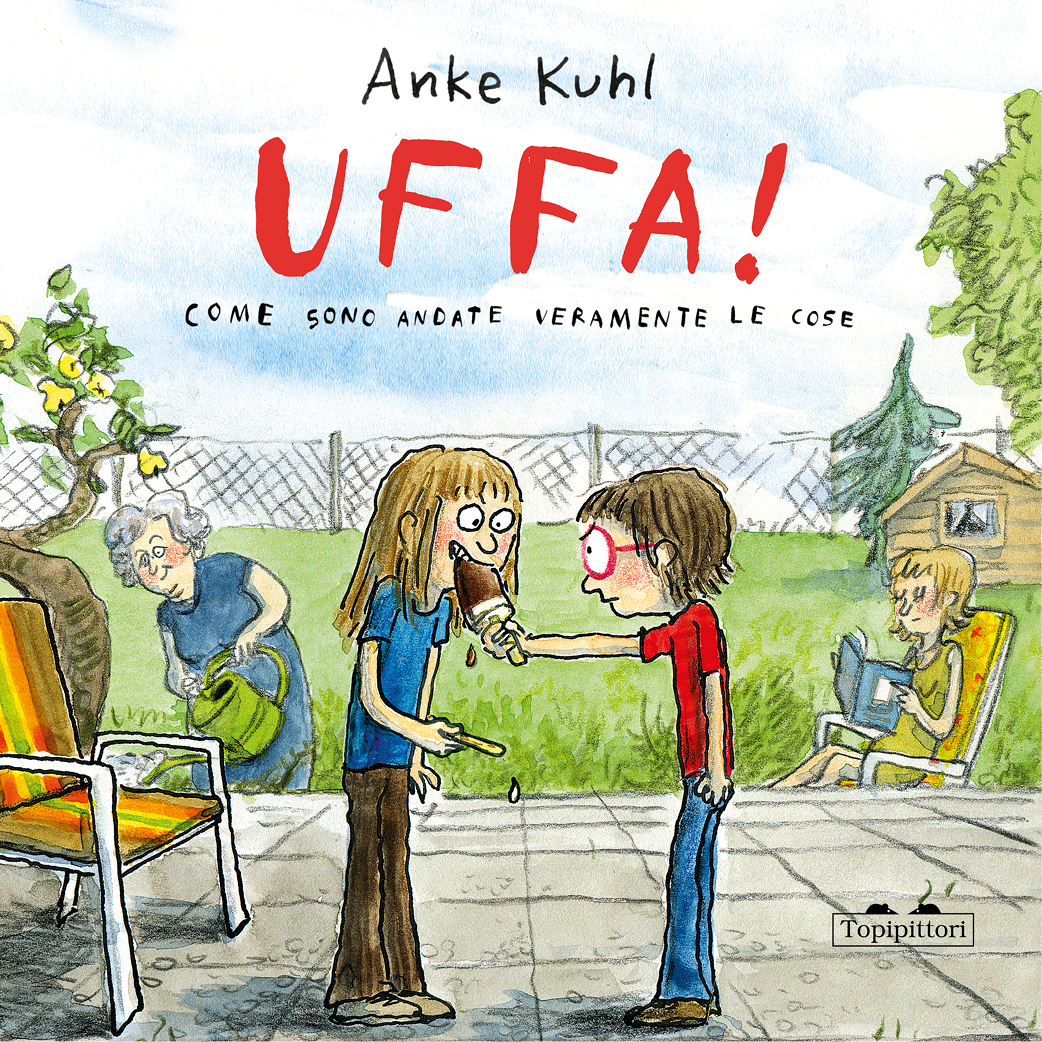Sono nato in mezzo ai topi
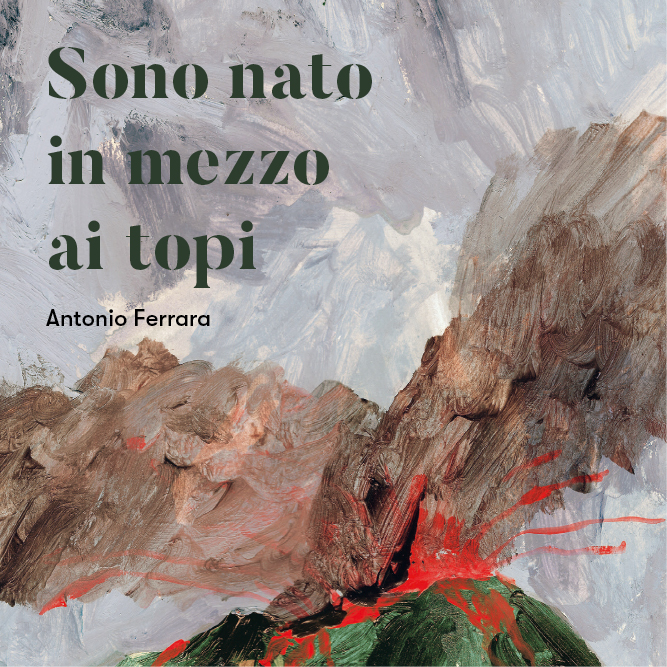
È un’infanzia poco convenzionale e di gusto neorealista, raccontata con umorismo e affetto, quella che Antonio Ferrara offre ai lettori in questo nuovo volume della collana Anni in tasca, dedicata a narrazioni autobiografiche di infanzia e adolescenza. Ogni episodio si inanella all’altro dalla nascita del protagonista fino alla maggiore età con un leitmotiv di fondo: una passione invincibile per la lettura e la scrittura.

